A particle is thrown with any velocity vertically upward, the distance travelled by the particle in the first second of its descent is:
(1) g
(2)
(3)
(4) Cannot be calculated
A body is thrown vertically upwards and takes 5 seconds to reach maximum height. The distance traveled by the body will be the same in
(1) 1st and 10th second
(2) 2nd and 8th second
(3) 4th and 6th second
(4) Both (2) & (3)
A ball is dropped from a bridge of 122.5 metre above a river. After the ball has been falling for two seconds, a second ball is thrown straight down after it. Initial velocity of the second ball so that both hit the water at the same time is
(1) 49 m/s
(2) 55.5 m/s
(3) 26.1 m/s
(4) 9.8 m/s
A balloon starts from the ground from rest with an upward acceleration of \(2\) m/s2. After \(1\) sec, a stone is dropped from it. The time taken by the stone to strike the ground is approximately:
| 1. | \(0.3\) s | 2. | \(0.7\) s |
| 3. | \(1\) s | 4. | \(1.4\) s |
A boy throws balls into the air at a regular interval of 2 seconds. The next ball is thrown when the velocity of the first ball is zero. How high do the ball rise above his hand? [Take g = 9.8 m/ s2]
(1) 4.9 m
(2) 9.8 m
(3) 19.6 m
(4) 29.4 m
A ball projected from the ground vertically upward is at the same height at time t1 and t2. The speed of projection of ball is [Neglect the effect of air resistance]
(1)
(2)
(3)
(4)
Two balls are projected upward simultaneously with speeds of \(40\) m/s and \(60\) m/s. The relative position \((x)\) of the second ball with respect to the first ball at time \(t=5\) s will be: (neglect air resistance)
1. \(20\) m
2. \(80\) m
3. \(100\) m
4. \(120\) m
A ball is dropped from a height h above ground. Neglect the air resistance, its velocity (v) varies with its height y above the ground as
(1)
(2)
(3)
(4)
For a body moving with uniform acceleration along the straight line, the variation of its velocity (v) with position (x) is best represented by:
(1) 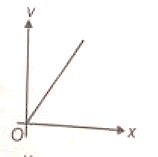
(2) 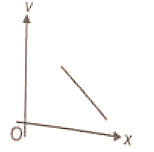
(3) 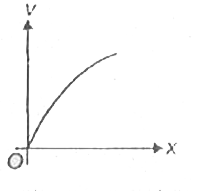
(4) 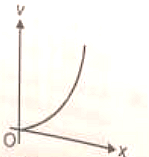
The position-time graph for a paricle moving along a straight line is shown in figure. The total distance travelled by it in time t=0 to t=10 s is
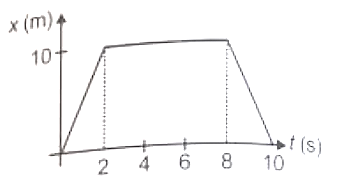
(1) Zero
(2) 10 m
(3) 20 m
(4) 80 m






